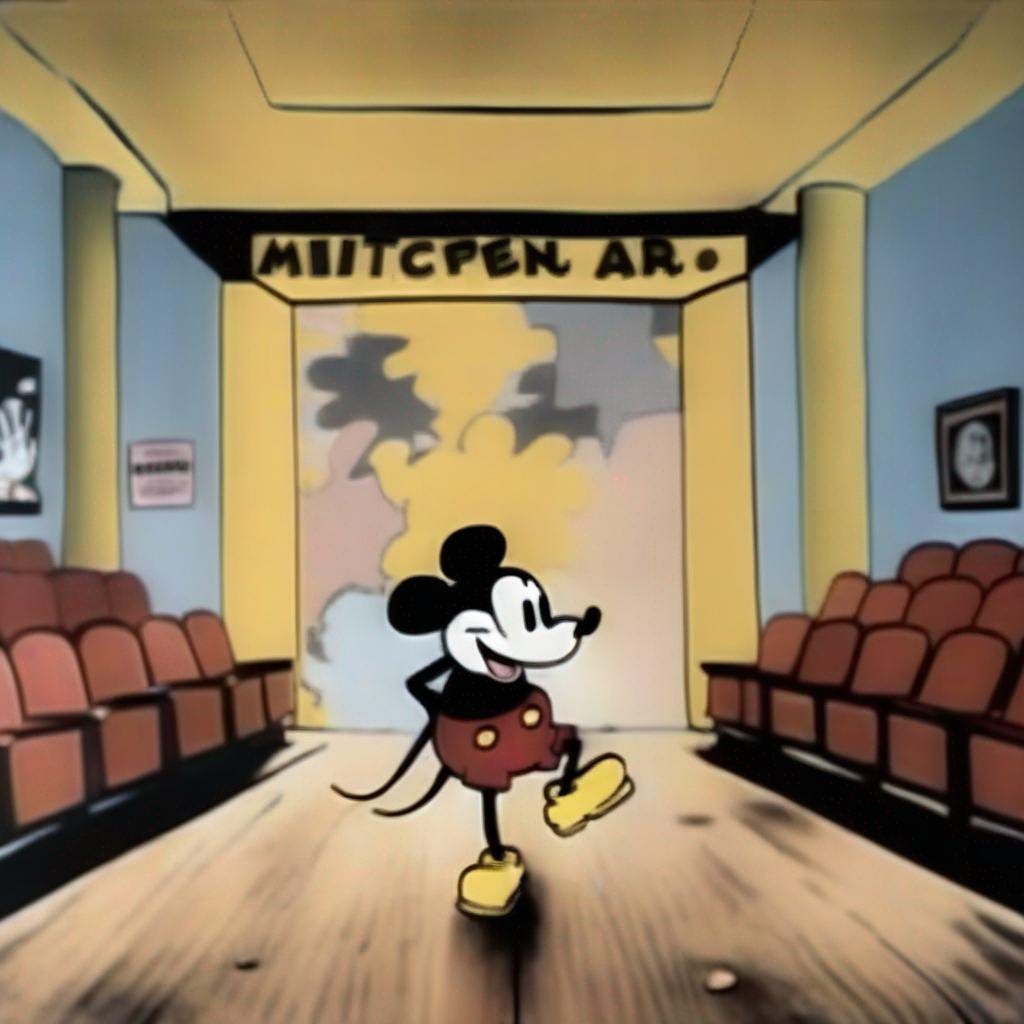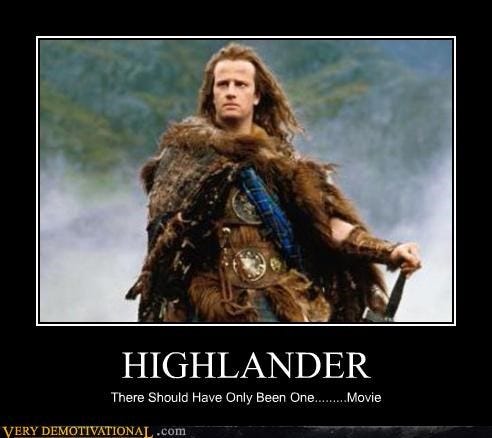PlagAIrism and other AIlments
On AI, the creative process, and the eternal search for meaning.

Introduction: a season of creative therapy
Wow, it’s been a while! ⛱️🎄🎉❄️
Here I am, back from a very creative holiday break, where I took some time to travel, paint, write, and even record some music. These creative outlets fill me with energy and give me ideas to keep creating.
So many, that sometimes I find it hard to choose which ones to write about in ProductizeHR, and then I take a while to get something ready to publish.
Therefore, this time, it’s going to be about AI and creativity, and considering I’m emerging from a couple of weeks of introspection, it will probably be a bit more personal and philosophical than my usual writing. But I hope you’ll find it entertaining nonetheless.
PlagAIrism (sorry, it works so much better in Spanish, “PlagIArismo”)
It would seem like AI has a plagiarism problem.
Or is it that plagiarism has an AI problem? I always get them confused.
Don’t get me wrong, I am a huge advocate of AI when used for the right thing. And I use it quite a lot. In fact, I have begun to use AI to jumpstart my visual creation process, by creating background ideas, or models I can use to study lighting and shadow settings. Which I then transform by adding my own style.
I have seen blog posts today from well-respected AI entrepreneurs like Andrew Ng somewhat discrediting the New York Times’s lawsuit against OpenAI, and then other well-known investors demanding the right to "fair use" regarding their appropriation of copyrighted material. Well, it's not too fair if you're using it for free and charging for it, is it? 🤨
Apparently, their investments would be worth less if the companies were forced to pay for copyrighted data/materials. <irony> Why, it’s kind of like saying that your car would be worth less if you had to pay for gas…what a remarkable concept. </irony>
Then there were other recent articles about a list of 16,000 artists allegedly used to train MidjourneyAI. Visual artists are naturally concerned, not just about their work being used without permission but also about the potential impact of AI-generated art on their livelihoods. And they are starting to fight fire with fire, by using technology that adds invisible pixels that poison the data sets, making the output unpredictable and less usable.
Crisitunity (in Spanish, “Oportuncrisis”)
What we're seeing unfold is a crisis of intellectual property, akin to what happened when writing, the printing press, photography, streaming, or 3D printing were invented. This is, of course, a big hurdle, but it is also an opportunity.
This is not a new complaint: Socrates complained about the invention of writing as we learn from his (backstabbing) disciple Plato’s Phaedrus. And 15th-century German abbot Johannes Trithemius complained about the invention of the printing press. It seems Luddites who oppose the use of technology have always existed, even before Ned Ludd.
Perhaps it’s part of the process of growing up as humans. In the immortal words of Douglas Adams:
“I've come up with a set of rules that describe our reactions to technologies:
1. Anything that is in the world when you’re born is normal and ordinary and is just a natural part of the way the world works.
2. Anything that's invented between when you’re fifteen and thirty-five is new and exciting and revolutionary and you can probably get a career in it.
3. Anything invented after you're thirty-five is against the natural order of things.”
Out with the old, in with the new
When photography was invented in the 19th century and became more massive towards the end of that century and the beginning of the 20th century, the visual arts environment responded by fracturing into various “-isms” (Impressionism, Fauvism, Cubism, Surrealism, Dadaism, etc.) that aimed to portrait reality, not as it objectively is (that’s what cameras are for), but as it impresses us, as it feels, as it could be, as it could never be.
(I now object to myself: photography is not a completely objective discipline, there’s a small matter of framing, there’s image semantics in play and even the matter of the chemistry of color film and biased color systems. But you -and by that I mean, I- know that I mean.)
This is a long way of saying that we need to design a new paradigm for the creation of intellectual property. Perhaps the problem is in the name itself: “intellectual property” sounds so static and stagnant. Maybe we could use “intellectual contribution” if it’s not taken?
The old paradigms of copyright and fair use are no longer valid in these exponential times, and we need to come up with new ones that are also fair to the creators of content, otherwise, they will not have the incentive to create anything else. It will poison the well and we'll all be worse off:
Creators will not be able to survive or will be disincentivized to create.
The quality of AI-generated content will degrade (models will collapse without new, human-generated content).
The value of AI will diminish for final users.
The need for creation
Most importantly: we humans need to create, it's an evolutionary trait and a biological urge.
“Art involves labor. Not the labor of lifting a brush or typing a sentence, but the emotional labor of doing something difficult, taking a risk and extending yourself.” – Seth Godin, Linchpin.
Treating creation and creativity as a mechanical process where the only value is in the output, is missing the point. The creative process is a goal in itself because creating gives us a kind of transcendental meaning, as each one of our creations has the potential to survive us. French artist Georges Braque said that:
“Art is a wound turned into light.”
One of my favorite contemporary songwriters, Jason Isbell, sang “Maybe time running out is a gift” in “If we were vampires”, implying that part of the meaning of life is its limited and precious nature.
And let’s not forget that Highlander fought all other immortals (“there can be only one”) for the coveted prize of… mortality.
I’m going to now take you on a further tangent here and recommend some readings on the exploration of eternity as the ultimate impossibility, recommending both Jorge Luis Borges’ short story “The Immortal” (part of “The Aleph and Other Stories”) and his collection of essays “A History of Eternity”, which seems like daunting task and can be a hard bone to chew at first, but is very rewarding when you put yourself in the right mindset. And speaking of impossibilities, “Baudolino” by Umberto Eco is a delightful exploration of fantastic medieval mythology in a world full of wonder and innocence. I have not felt so absorbed by a book since I read “Foucault’s Pendulum”, by the same author, or -more recently- “Piranesi” by Susanna Clarke. But that’s a different trip, this is not a book club (yet), and I digress.
The point I am trying to make
The point I am trying to make is that AI can be a great tool to spark and support the creative process. But when we’re trying to use it to replace the creative process, we’re missing the point. Creating is fun and it’s part of what makes us human. But it needs to be fun for all humans involved (including artists).
If we want to use AI in the creative process in a way that is truly beneficial to everybody, we need to develop ways to allow and incentivize the creation, recreation, reinterpretation, and remixing of works, so that it enables fair rewards to the contributors and adds valuable meaning to the consumers of that intellectual output.
So perhaps now that Mickey Mouse’s inaugural movie has entered the public domain, truly fair use and valuable recreation can give us something better than survival horror games and horror movies.

P.S.: The above article was in part inspired by some recent posts by Rafael Brown, Dan Lieb, and a few other smart people you should definitely follow.





